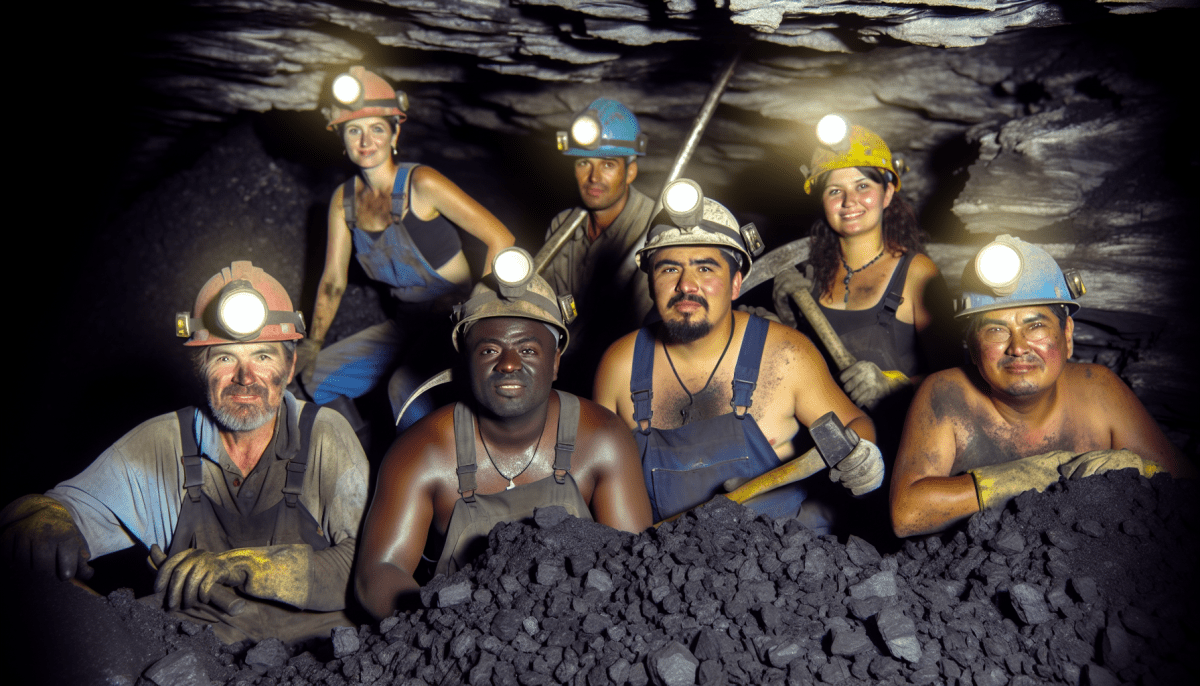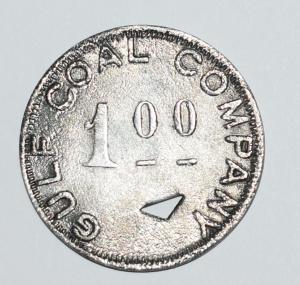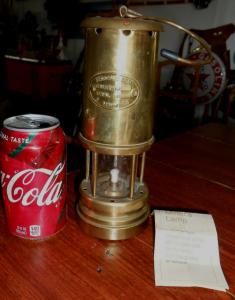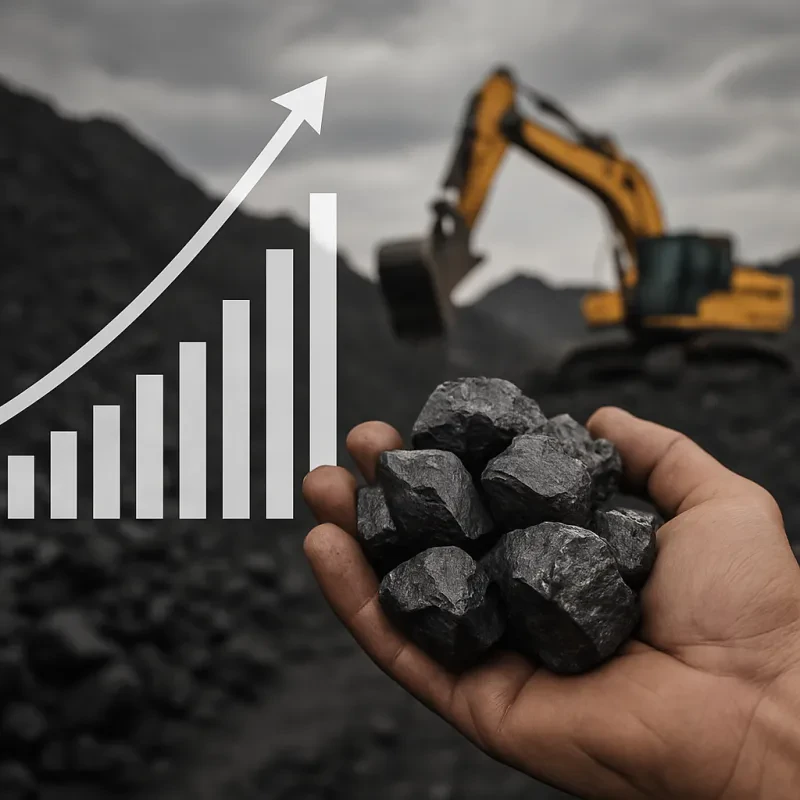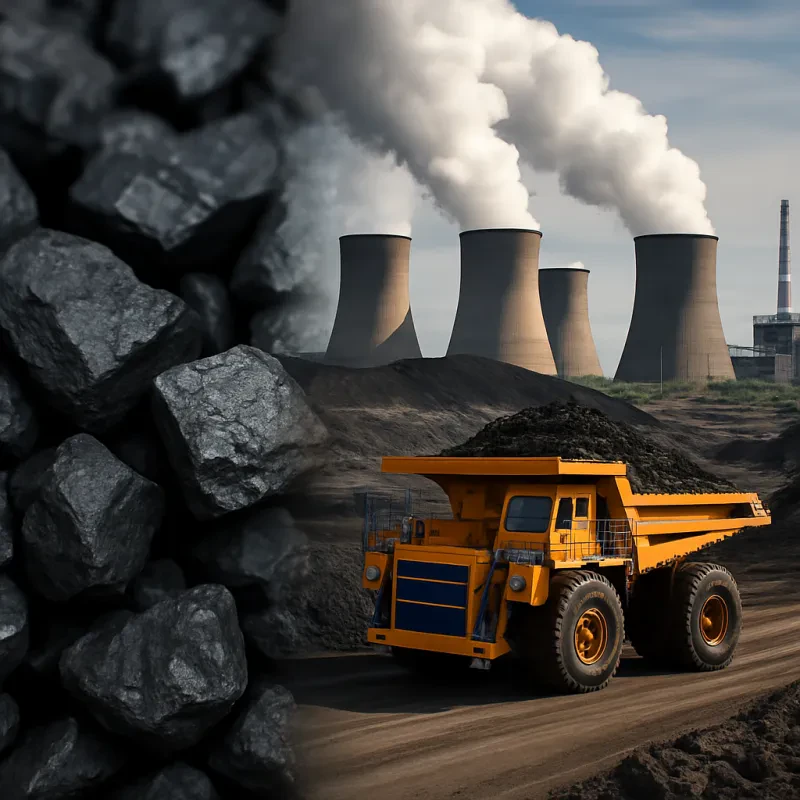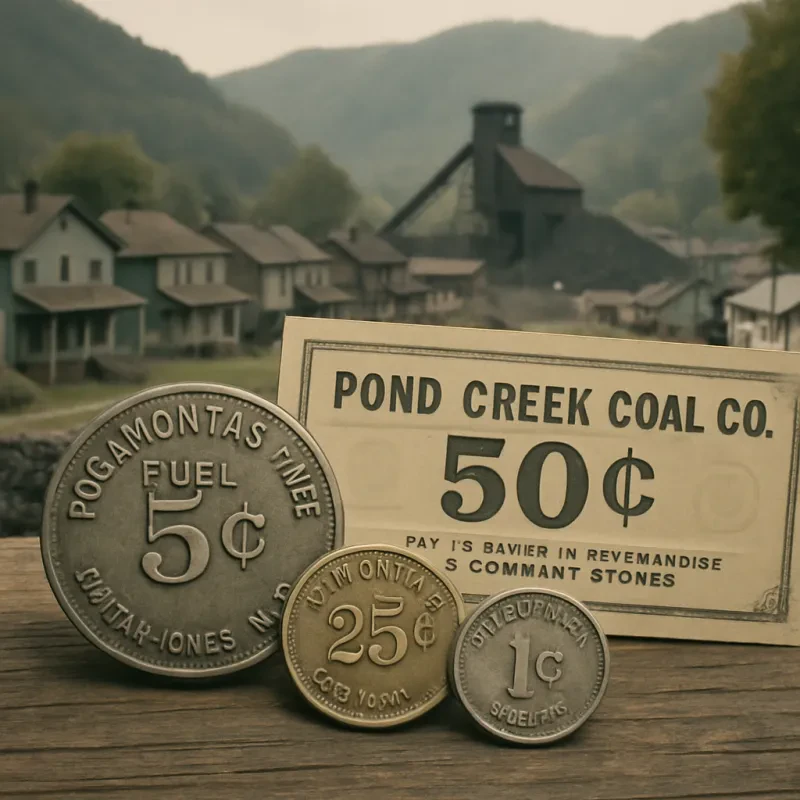Life as a coal miner is unique, filled with both challenges and triumphs. Many people might picture a dark, cramped tunnel when they think of mining, and while that's part of it, miners also have a strong sense of community and pride in their work. They often begin their day long before sunrise, preparing for a demanding shift that can last anywhere from 8 to 12 hours. It’s not just about digging; it’s about teamwork and staying safe in an environment that's constantly changing.
One of the surprising facts about coal miners is how much they rely on technology to keep safe and productive. Today’s mines are equipped with advanced machines that do a lot of the heavy lifting, making it easier for miners to focus on safety. They also use radios and monitoring devices to stay in touch with their team, ensuring everyone is accounted for, even when they're deep underground. This blend of hard work and tech is something many don't realize about coal mining.
Another interesting aspect of a coal miner's life is the shift schedule. Many miners work on a rotation system that includes days, nights, and weekends. This means that they often miss family events or community gatherings. However, when they’re off duty, miners take full advantage of their time, whether it's spending time with family, fishing, or hitting the trails. Their off-work lives are just as vibrant as their time in the mines, showing that they know how to balance hard work with personal joy.
Additionally, community is crucial in the coal mining world. Families often have generations of miners, creating a strong bond and shared experiences. Local events, fundraisers, and support groups are common, helping miners and their families connect and strengthen their ties even further. These social networks provide comfort and understanding, reminding everyone that they're in this together. All these facts about coal miners paint a picture of a lifestyle that is both tough and deeply rewarding.
Safety First in the Mines
When you think of coal miners, safety has to be at the top of the list. Working underground can be risky, but the industry takes safety seriously. Did you know that miners are trained to handle emergency situations? That’s right! Their training includes everything from proper equipment use to how to respond if things go wrong.
One of the key facts about coal miners is the use of personal protective equipment (PPE). Hard hats, respirators, and steel-toed boots are just the beginning. This gear helps protect them from falling objects, harmful dust, and other potential hazards while they work.
These safety measures show how committed the industry is to keeping miners safe on the job. So, the next time you hear facts about coal miners, remember that they’re not only hard workers but also trained professionals who prioritize safety above all else.
Tools of the Trade
On top of these machines, miners also rely on technology for communication and safety. Things like two-way radios help keep everyone in touch, while sensors monitor air quality and other important conditions underground. Understanding the tools that coal miners use gives you a deeper insight into their everyday challenges and triumphs.
Impact on Local Communities
Coal mining can provide significant employment opportunities in rural areas, where jobs may be hard to come by. Many communities have developed around these mines, with families relying on the industry for their livelihoods. The jobs created not only support miners but also boost local businesses, from restaurants to hardware stores.
In addition to economic benefits, coal mining brings towns together. Local events, fairs, and gatherings often celebrate the mining heritage, fostering a sense of pride among residents. Miners and their families share stories and traditions that strengthen community bonds and create a unique local culture.
However, it’s not all sunshine and rainbows. The environmental impact of coal mining can be severe, affecting local water sources and air quality. These issues can lead to health concerns for residents. Balancing the economic benefits with environmental responsibility is a challenge that communities often face.
